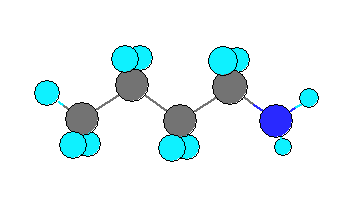Biomass to Chemicals

- Biomass is a term related to any organic matter and the two most types of are wood and crops e.g. wheat, maize and rice. Another very important type of biomass is waste e.g. food waste, manure, etc.
- Two classification for producing chemicals from biomass , they are fermentation and thermal chemical conversion.
- Biomass-related chemical products typically fall into three general categories: biobased acids, biobased oils, and specialty chemicals.
- The use of woody biomass to produce specific chemicals will become a more economically attractive solution.







